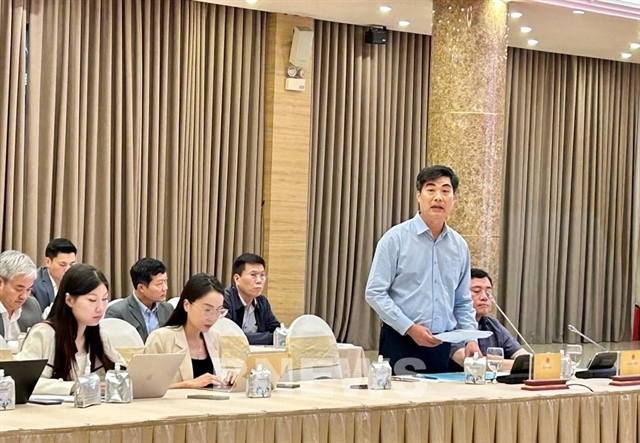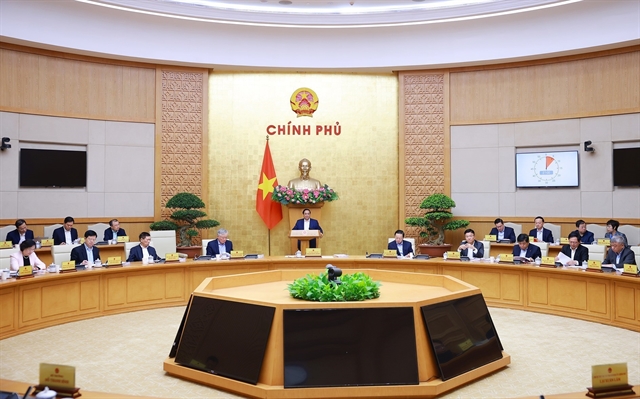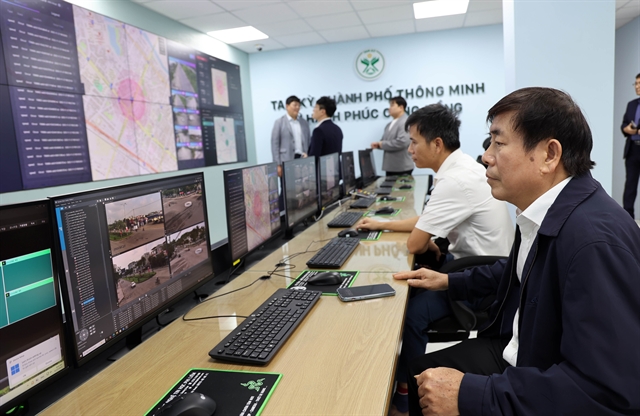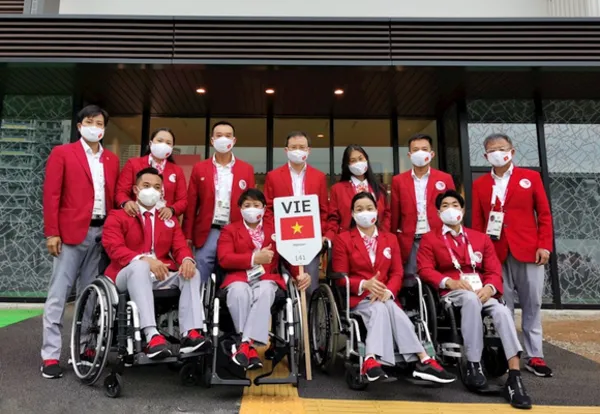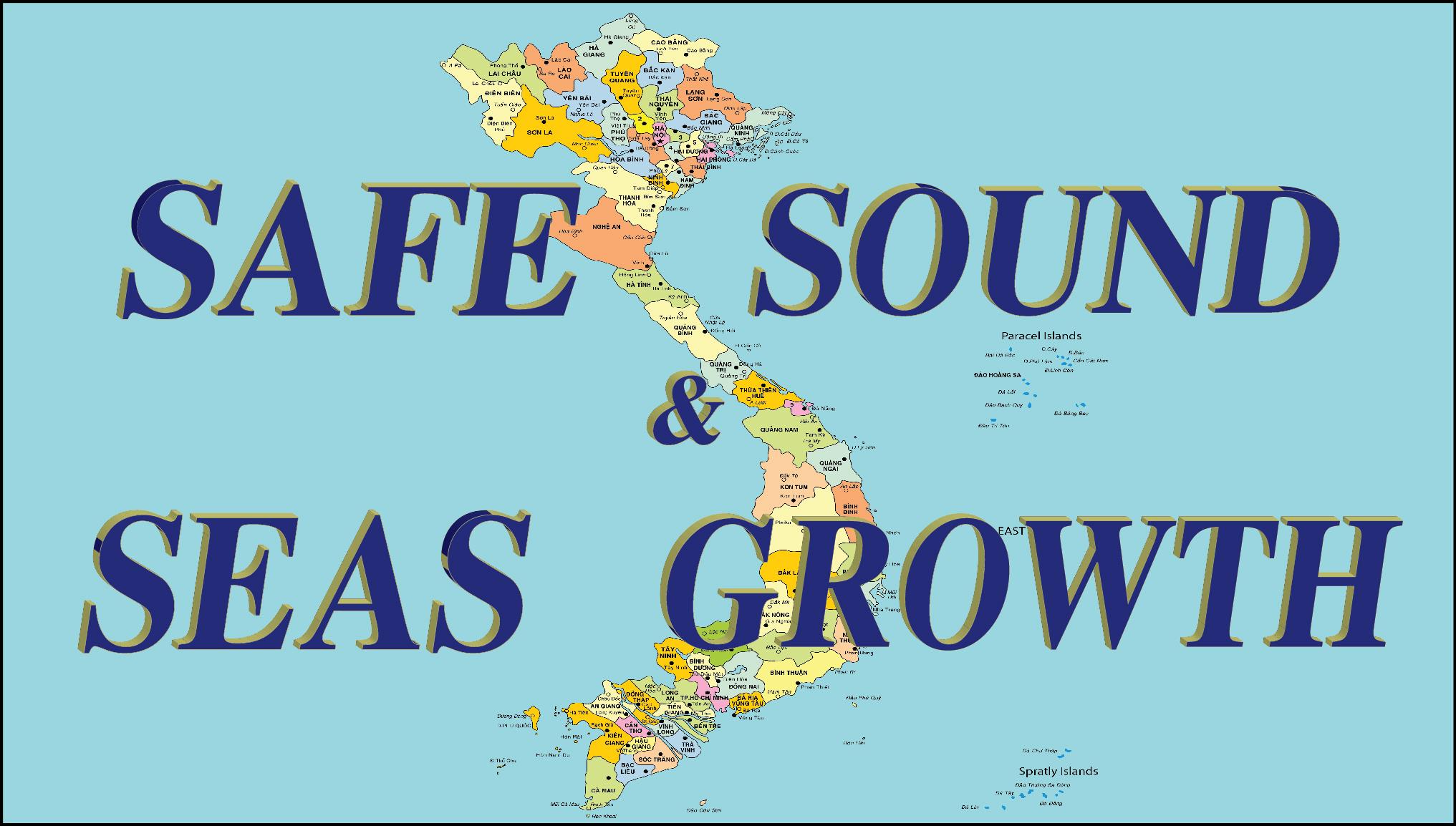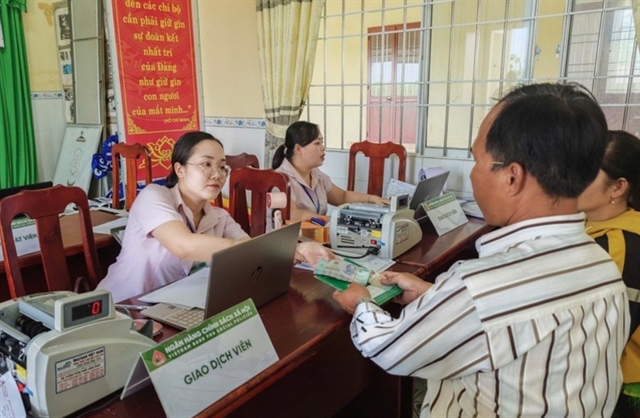
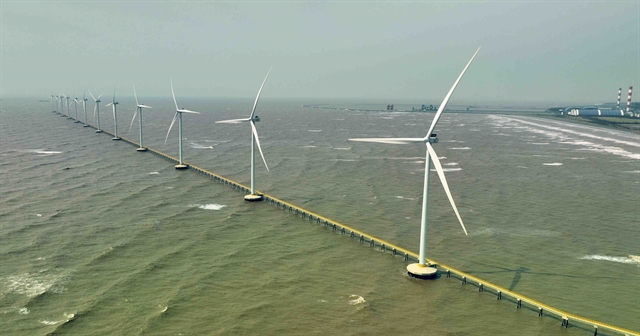
|
| A wind power plant in the southern province of Vĩnh Long has 12 turbines with a total capacity of 48 MW. — VNA/VNS Photo |
Minh Quang
HÀ NỘI — Việt Nam is moving to make energy saving a legal and moral obligation as its electricity system struggles to keep up with soaring demand and the country’s pledge to reach net-zero emissions by 2050.
Once promoted as a civic campaign, efficient energy use is now being reframed as a 'national mandate' – a phrase repeated in recent government resolutions and laws that places energy conservation at the heart of national security and sustainable growth.
The shift marks a decisive change in how the country approaches energy management, moving from awareness campaigns to binding responsibilities with measurable targets.
The urgency is visible at every level, from cramped rental rooms in Hà Nội to vast industrial zones in the north.
In Cầu Giấy Ward, tenant Nguyễn Minh An pays VNĐ4,000 per kilowatt-hour (kWh) – over one million đồng for 254kWh in August alone. For millions of wage earners, power bills now rival rent as one of the heaviest monthly expenses.
Across the country, the summer of 2025 brought a sharp spike in electricity use. Heatwaves drove air conditioners into overdrive, while storms damaged power lines and equipment, adding to system losses.
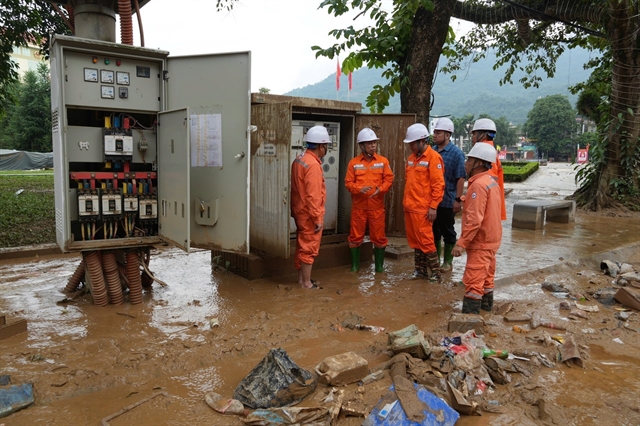
|
| Engineers of Tuyên Quang's Power Company inspected an electrical substation after Typhoon Bualoi ravaged the province in September. VNA/VNS Photo |
The Northern Power Corporation reported peak capacity at nearly 19,000MW in August – a new record – and daily commercial output of 393 million kWh.
Such figures highlight the scale of the challenge. Electricity demand has been growing by about 9 per cent a year, driven by industrial expansion, urbanisation and rising living standards.
Yet new supply, especially from renewable sources, remains constrained by financing difficulties, slow permitting and grid bottlenecks.
From advocacy to obligation
The turning point came this year. In June, the National Assembly passed amendments to the Law on Economical and Efficient Energy Use, due to take effect in January 2026.
Two months later, the Politburo issued Resolution 70, setting out a long-term strategy to ensure national energy security through 2030 with a vision to 2045.
The resolution calls for a nationwide effort to cut final energy consumption by between 8 to 10 per cent and reduce greenhouse gas emissions by between 15 to 35 per cent over the next two decades.
It also makes energy saving a priority across every sector, putting electricity conservation at 'the top of the agenda.'
"Energy efficiency should be seen as the first source of energy – the most sustainable and least costly way to meet demand," said Nguyễn Thị Lâm Giang, Director of the Ministry of Industry and Trade’s Agency for Innovation, Green Transition and Industry Promotion.
"It is a core solution to safeguard national energy security, cut emissions, and enhance the economy’s competitiveness."
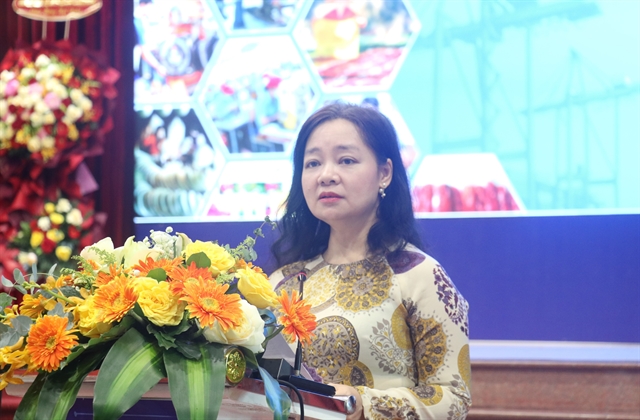
|
| Nguyễn Thị Lâm Giang, Director of the Ministry of Industry and Trade’s Agency for Innovation, Green Transition and Industry Promotion. VNA/VNS Photo |
Under the new framework, energy performance will be tied to investment licensing, credit incentives and operational reporting. Monitoring and penalties will be strengthened, ending years when conservation targets were largely voluntary.
The urgency extends beyond environmental goals. For years, Việt Nam’s growth has been powered by an abundant mix of hydropower, coal and gas. Those sources are now reaching their limits.
At the same time, renewable energy - once seen as a quick solution - has hit policy and infrastructure snags. Numerous solar and wind projects remain under review or await connection to the national grid, leaving gigawatts of potential capacity idle.
The combination of soaring demand, limited new supply and unfinished renewable projects has pushed energy saving from an option to an imperative.
Counting the savings
The potential gains are enormous. Việt Nam has more than 3,000 industrial sites classified as 'key energy users', each consuming over 6 million kWh of electricity a year, equivalent to 1,000 tonnes of oil. Together, they use around 80 billion kWh annually.
If these facilities cut just 2 per cent of their consumption, the country would save 1.6 billion kWh – roughly equal to the output of a mid-sized power plant – and reduce annual electricity costs by more than VNĐ3.2 trillion (US$122 million).
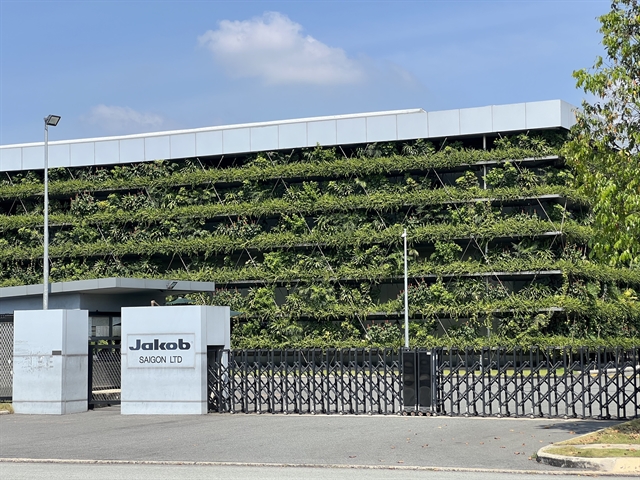
|
| Jakob Saigon LTD in the Việt Nam–Singapore Industrial Park is one of HCM City’s leading examples of green transition. The company has covered its building with vegetation to save energy and protect the environment. VNA/VNS Photo |
At the household level, even small shifts can matter. Energy officials estimate that simple behavioural changes – switching off idle appliances, using LED lighting or inverter air conditioners – could reduce nationwide consumption by between 8 and 10 per cent a year, saving billions of kilowatt-hours without building a single new plant.
Officials call this 'the virtual power plant' – a reserve created not by adding capacity but by cutting waste.
The state-run Việt Nam Electricity Group (EVN) has been tasked with translating policy into practice. The utility is working with provincial authorities to sign conservation commitments across multiple sectors – households, government offices, public facilities and manufacturers.
Local power companies are installing monitoring systems, promoting high-efficiency devices and encouraging residents to cut usage during peak hours. Many have already reported reductions of 5 to 10 per cent in annual consumption.
In parallel, the Ministry of Industry and Trade is promoting a culture of innovation through its annual Energy Efficiency Awards, honouring the most efficient factories, buildings and products.
Since 2017, more than 220 companies have submitted over 1,300 energy-saving solutions, and nearly 600 consumer products have been certified as top-efficiency models.
Analysts say the key challenge lies in enforcement. For years, energy-saving programmes suffered from weak oversight and minimal penalties for non-compliance. The new resolution shifts responsibility squarely onto institutions.
"Resolution 55 set out the direction," said Hà Đăng Sơn, Director of the Centre for Energy and Green Growth Research.
"Resolution 70 turns saving power into a binding responsibility, linked directly to economic development."

|
| Hà Đăng Sơn, Director of the Centre for Energy and Green Growth Research. VNA/VNS Photo |
Experts have urged the government to create a stronger regulatory backbone, including mandatory energy audits for major users, independent inspections and integration with emerging carbon credit markets to create financial as well as administrative incentives.
The debate around energy saving is also cultural. Officials now speak of efficiency not just as a policy tool but as a marker of modern citizenship - a habit that should begin in homes and offices as much as in factories and ministries.
"Saving electricity not only helps reduce bills but also eases pressure on the grid, cuts greenhouse gases and protects the environment," said Bùi Minh Đại, Deputy Director of Tuyên Quang's Power Company.
"We must see this as a civilised habit of consumption."
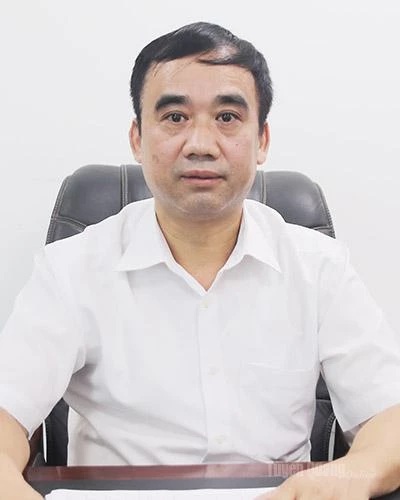
|
| Bùi Minh Đại, Deputy Director of Tuyên Quang's Power Company. — Photo baotuyenquang.com.vn |
Public campaigns increasingly frame energy saving as part of Việt Nam’s global responsibility, connecting everyday behaviour to the climate commitments made at COP26 and COP28. The idea, as one MoIT adviser put it, is to turn 'a movement into a mindset'.
The government is betting that lower consumption, improved efficiency and cleaner technology can together reduce import dependence, cut emissions, and enhance competitiveness in green value chains.
Whether that vision is realised will depend on execution, but the direction is unmistakable.
From the Party’s highest decisions to the light switches in ordinary homes, conservation is no longer a polite suggestion – it has become a national obligation, binding the country’s economic future to the efficiency of its power use. — VNS
